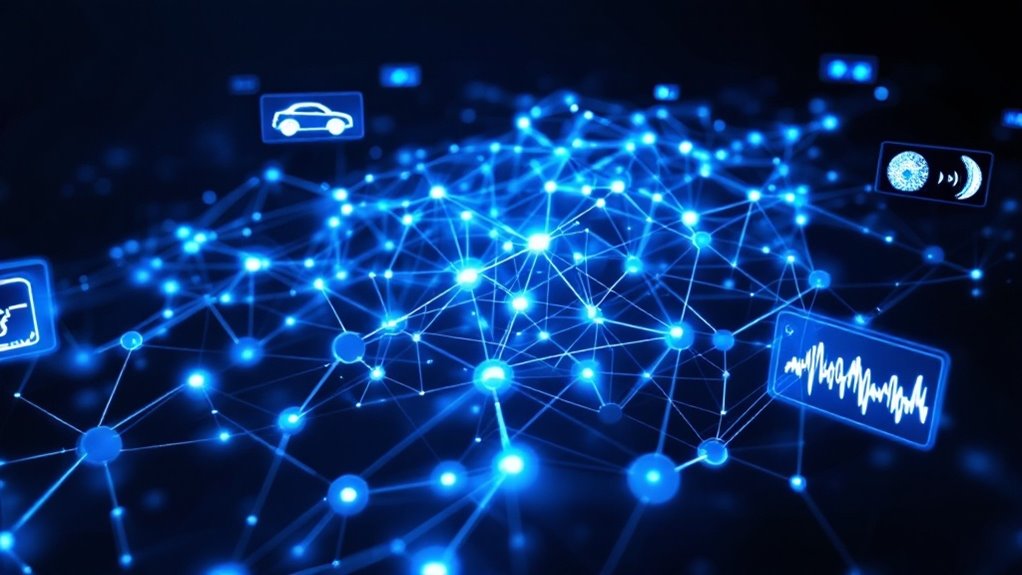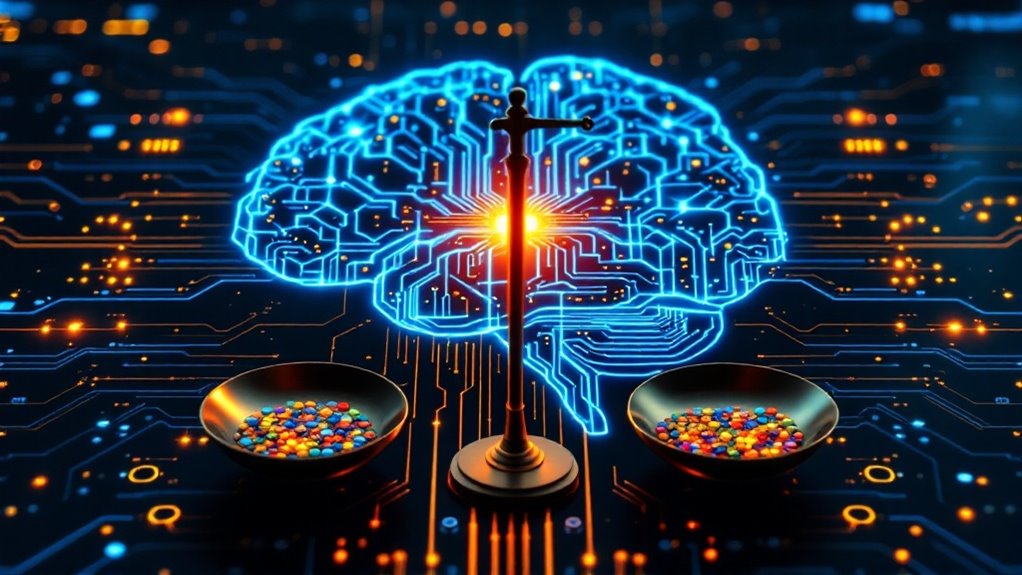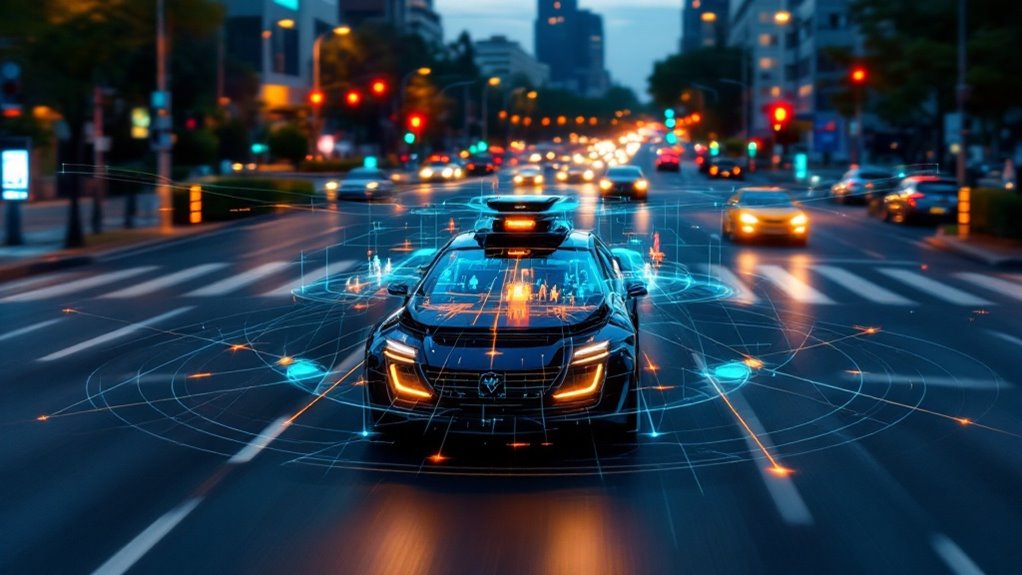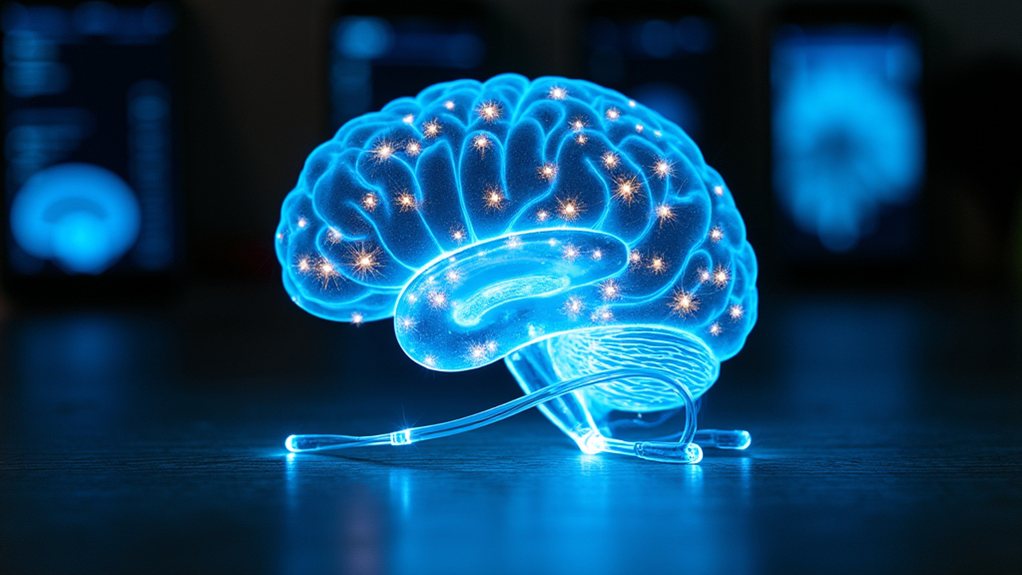Deep learning is AI’s brainy child—neural networks that mimic human brain function but on steroids. It tackles previously impossible problems by crunching massive datasets through interconnected nodes. Your phone’s voice assistant? Deep learning. Self-driving cars? Same deal. It excels at image recognition, fraud detection, and even beat humans at Go (take that, champions!). Despite requiring serious computing power and being a bit of a black box, its problem-solving potential is just warming up.
A revolution in artificial intelligence, deep learning has transformed how machines interpret and interact with the world around us. This subset of machine learning employs multilayered neural networks that mimic the human brain‘s structure and function, enabling computers to tackle complex problems that once seemed impossible. Think of it as giving machines their own “gray matter,” minus the need for coffee breaks or existential crises.
Deep learning models typically contain hundreds or thousands of layers of interconnected nodes, or “neurons,” that process information. These networks learn by adjusting weights and biases in response to data inputs—a bit like how your brain eventually figured out that touching a hot stove was a bad idea, just with more math and less screaming.
What makes deep learning particularly powerful is its voracious appetite for data. These systems thrive on massive datasets, using both supervised and unsupervised learning techniques to identify patterns and make decisions. The more data they consume, the smarter they get—much like that friend who somehow remembers every obscure movie fact after binging their way through streaming services.
In practical terms, deep learning has become ubiquitous in our daily lives. It powers the speech recognition in your digital assistant (yes, the one that still somehow can’t understand your pizza order), enables self-driving cars to navigate roads, helps detect fraudulent credit card transactions, and even beats world champions at complex games like Go. Deep learning enhances operations across multiple sectors like healthcare and banking through improved fraud detection and risk management. The implementation of these models is streamlined through popular coding frameworks like JAX and PyTorch.
Different flavors of deep learning excel at specific tasks. Convolutional Neural Networks (CNNs) process images with uncanny accuracy, while Recurrent Neural Networks (RNNs) handle sequential data like text or speech. Generative models can even create new content—from eerily realistic faces to convincing prose. As the most complex neural network subset of machine learning, deep learning represents the cutting edge of AI’s capabilities in solving intelligent tasks.
Despite its impressive capabilities, deep learning isn’t without challenges. It requires significant computational resources, struggles with interpretability (it’s fundamentally a high-tech black box), and raises ethical concerns about privacy and bias.
But as technologies evolve and these hurdles are addressed, deep learning’s impact on society will only continue to grow.









